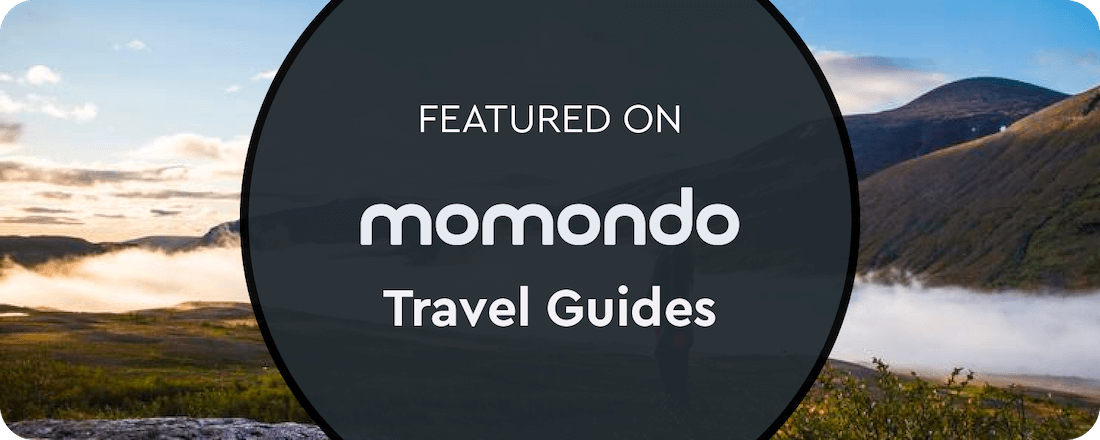Fort Dauphin, the town at the end of the world
The town of Fort Dauphin is one of the most attractive tourist spots in Madagascar. Situated in the deep south-east of the island, Fort-Dauphin is built on a small peninsula, it is bordered on three sides by beaches and breakers. The town is dominated by splendid mountain chain, the chain of Anosy and the Peak St. Louis, on the north side of the town, which offers a unique and unspoiled view of the area. On the north, east, and south the bright azure colours of the Indian Ocean take over the magnificent view. With its setting amongst crescent shaped beaches under high forest-clad mountains, Fort Dauphin offers and exceptional change of scenery of all popular destinations in Madagascar.
Fort Dauphin is a breezy port town, with a pleasant subtropical climate. It was founded in 1643 by the French East India Company who built a fort there, named in honour of the crown prince of France, the future Louis XIV. Malagasy name “Tolagnaro” is also used on maps and AirMad schedules. After a conflict with the Antanosy people in 1674, some years later, the French returned in the form of slave traders who used Fort Dauphin as a port. “Tolagnaro” comes from the taolana maro which means thousands of skeletons or bones. At the end of the 19th century it was incorporated into the united French colony of Madagascar. Fort Dauphin also is known as Faradofay (malagasization of the french Fort Dauphin) and is the capital of the Anosy region.
Fort Dauphin has an interesting history, it was occupied by Europeans in the 17th century and served as a trading post. You will discover many historical sites dating from the colonial era, including Sainte Luce, a fishing village with its long beaches bordered by casuarinas and palm trees, on a forest background. But you can also visit the Fort-Flacourt, the remains of an ancient bastion, the museum of Anosy (retracing the colonial history) and another that dates from 1504 thus making it the oldest building in the country - the Fort of the Portugueses - which was erected by shipwrecked Portuguese sailors.
Today the town offers a fairly wide range of hotels and the inhabitants are accustomed to tourism. Fort Dauphin has an undeniable charm and it is, therefore, no wonder that it has developed into the centre of a prosperous tourist industry. There are a lot of places to discover and visit.
The town beaches are the gorgeously sheltered Libanona Plage on the west side of the peninsula, which gets busy at weekends, and the surfers’ Plage Monseigneur on the east side, which is much more exposed. Plage Ankoba, west of Libanona, also has good surf but can be dangerous. Libanona Beach is known as the most beautiful and cleanest beach in Tolagnaro. In the 19th century, the place was still a mere sand dune at the time of Lutheran missionaries settled there. Those latter have built cottages that served as stage lodging for the children visitors at the mission school. A scoop! The first Malagasy President Philibert Tsiranana even used to stay in a villa just above the beach. One eye-catching feature of the bay is the shipwrecks. A romantic imagination associates these with pirates or wreckers of a bygone era. In fact, they are all unfortunate insurance scams. There are several other beaches around the peninsula.
Fort Dauphin is the town of surfing in Madagascar through Libanona Beach. Libanona Beach – surfers’ paradise. The surfing international day is celebrated there every June 20th as in all the beaches around the world. Surfing is a popular sport and there are clubs, associations and surfing equipment rentals on site. The ideal time to surf is during the “cold season”, during the school holidays from mid-June to about mid-September. Onshore winds come from the north, and the ideal swell direction is from the south-west. Even if there are waves, the beach is never crowded, but be beware of injuries and rocks.
The seasonal passage of humpback whales before going to Sainte Marie and the waltz of dolphins off the coast of Dauphiné become another attractive tourist attraction.
Tolagnaro is the most vivid and vibrant town in Madagascar's coast and has a kaleidoscope of ethnic foods, flavors, fashion. The local cuisine uses many local ingredients, prepared in a simple manner without too much of spices which are very accessible place. The main course is rice, like any good self-respecting Madagascar, with meat, poultry or fish.
Here is disorder and beauty, luxury and want, uproar and quietness, and everyday delight... - it is the perfect base place for a few days around. You can of course, and we recommend it, practice surfing or whale watching with us, enjoy of beaches and kaleidoscope of the local cuisine, but also, the town is one of the great destinations: the number of tourist sites and its variety make the Anosy Region a very popular destination for tourists:
ENJOY THESE... experiences:
*Seaside tourism. With this rare morphology where a magnificent chain of mountains is alongside the beach for miles, offering the opportunity to go from a green lush nature of the tropical type to beaches of great beauty, especially in Sainte Luce Reserve. Walking to the beach of Cape Andavaka and Ankapaky Cave, you can meet lemurs and other animals;
*Lokaro creeks are located 40 km northeast of the town. One can see the multitude of fascinating small rocky islets. It is an ideal site for snorkeling, swimming, canoe riding and of course natural tourism. This river expedition is magnificent and is certainly one of the activities to be done first when you come to Fort Dauphin;
*Ecotourism. With the two worlds constituted by the wetland with its primary rainforests, extending on the east coast from Fort Dauphin, and the sub-arid zone with a vast bush and the opportunity to visit one of the sacred forests of Androy – Ifotaka or Ankodida - with its unique botanical diversity. In both lands and in the transition zone where the Andohahela National Park is located, fauna and flora abound in endemic species, making these places a paradise for naturalists, botanists and all those who love nature in all its virginal purity. The rich biodiversity of Anosy with 18 conservation areas gives it a special status in this area of ecotourism;
*Visit Andohahela National Park - a UNESCO World Heritage Site with 5 summits exceeding the 1500m altitude. The park gather species representatives of the four horizons of Madagascar, which is a real transition from the eastern to the arid south. It is one of the few places on the island where you can see the lemur with red collar and the microceb (the smallest nocturnal lemur). The visit of the park takes place on three sites - Tsimehaly, Malio, Ihazofotsy;
Fort Dauphin is full of pleasant natural sites to visit, including the Vinanibe Lake and Anony, where the mountains covered with forests grow steeply over brackish lakes, as well as numerous reserves where you’ll discover a rich fauna and flora. Lake Anony is a brackish lagoon backed by rolling dunes on the rugged south coast. For a full-day excursion from Fort Dauphin, walk along the lake shore to a beautiful picnic spot, scale the 22-meter-high sand dunes for incredible views and go for a swim in the lake. Vinanibe Lake ideal place for lovers of peace and nature, for walks or family swimming outings, it is also well known by surfers since it is the best surf spot in Fort Dauphin. The lake is perfect for sailing and the whole area of hills and dunes is great for strolling;
*Visit The Mandena Conservation Zone. The six species of lemur in Mandena area are still shy, no doubt they will become habituated in time, but you will see plenty of birds and reptiles meanwhile;
*Visit The Nahampaona Reserve is an ideal place to rest. This forest reserve deserves much greater recognition. Its exotic tropical setting, with mountains for a backdrop, is prettier than Berenty. You can take a boat trip on the river bordering the reserve, discover a forest of bamboos and explore many other enchanting spots. In the forest there are waterfalls and natural swimming pools that offer quiet and secluded picnic sites;
*Berenty’s Reserve, with its carnivorous plants and thorny forest will give you the opportunity to observe many lemurs. They would certainly want to get closer to you. Whilst Berenty is rightly world-famous but is the overpriced, adventure visitors should give equal consideration to Tsitongambarika or the Community Project of Ifotaka;
*Visit Saïadi’s botanical garden. The botanical garden of Saiadi is an unavoidable place to visit during your trip to Fort Dauphin. You’ll be welcomed by free lemurs: makis, sifakas and fulvus, but also many other species such as crocodiles, birds, butterflies. You’ll be able to walk through rich vegetation: palm trees, date palms, elephant ears, mango trees, orchids, rosewood, ferns or bamboos. There is a multitude of endemic natural species to be discovered with family!
*Mountain tourism. With Fort Dauphin, nestled in a promontory at the foot of the St. Louis peak, and the mountains of Andohahela and Grand Lavasoa offer panoramic views rarely equaled. There are excellent hiking opportunities in the Domaine de la Cascade and stunning panoramic views of the adjacent countryside.
Watch more photos about Fort Dauphin here.







